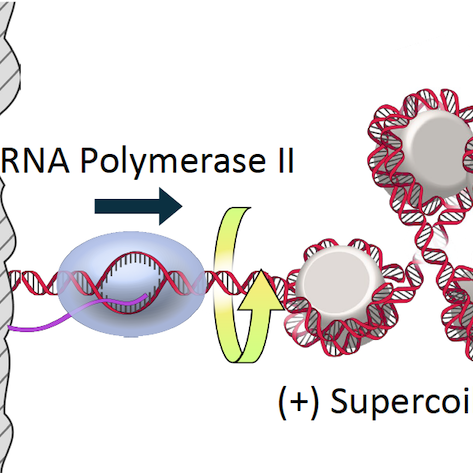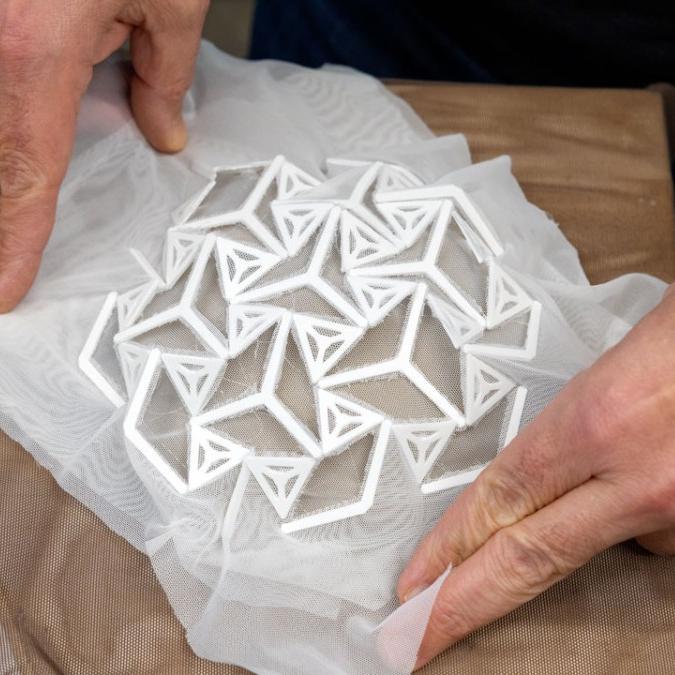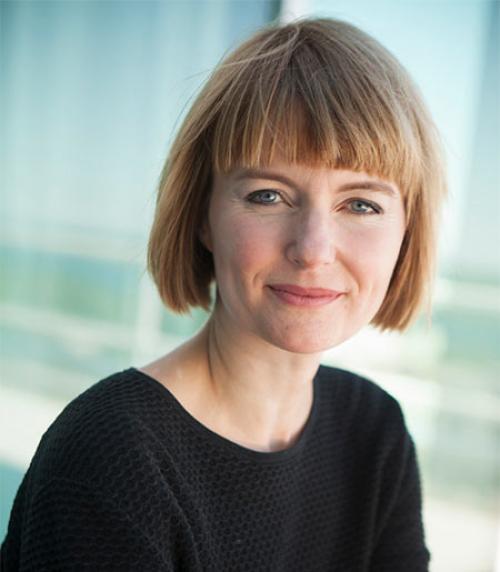Recent changes in the provost’s office have set the stage for better implementation of technology and teaching initiatives, blending them behind the scenes in a way that matches, and enhances, how they complement each other throughout Cornell.
Mathew Ouellett, formerly associate provost and director of the Wayne State University Office for Teaching and Learning, is executive director of Cornell’s new Center for Teaching Innovation (CTI), a unit created this summer by merging the Center for Teaching Excellence with the Academic Technologies unit in Cornell Information Technologies.
Julia Thom-Levy, who for the past year has been the provost’s fellow for pedagogical innovation, has been named vice provost for academic innovation, a new position. She will have oversight and strategic responsibility for both CTI and the Office of Undergraduate Research, reporting to the provost.
“These are crucial steps that underline our commitment to the teaching and learning environment for faculty and students,” said Cornell Provost Michael Kotlikoff. “Julia Thom-Levy is dedicated to improving students’ experiences and their immersion in both the classroom and in living-learning environments; Matt Ouellett is a passionate leader in faculty development who brings decades of experience to this progressive new unit.
“Under their guidance, the Center for Teaching Innovation will be able to ‘lower the energy barrier’ for curriculum innovation, instructional design, teaching analytics and the embrace of new technologies, not only to enhance the learning experience for students but also to benefit from their colleagues’ deep knowledge and how they think about teaching,” he said. “The center will serve a key role in meeting President [Martha E.] Pollack’s challenge to enhance ‘academic verve’ at Cornell.”
The units that were merged already were in the same building (Computing and Communications Center), “but this was a really different kind of invitation to work together,” Ouellett said. “They’ve collaborated in the past, but this is a much more conscious and intentional desire to make the relationship as seamless as possible.”
Only a few other research universities have merged instructional technology and faculty development units in this way, Ouellett said. The underlying philosophy energizing the move mirrors his – and Cornell’s. “First and foremost, it’s to prioritize the relationship that is teaching and learning,” he explained. “It is a relational activity. And then, secondarily, think about the pedagogies that can be enhanced by technology in ways in which we can accelerate the benefits of that relationship.”
The new unit has 30 staff members and has brought together two different cultures. “It’s more than additive – it promises to be exponential,” Ouellett said. “We’re helping our colleagues on the faculty to really support not only technological innovation, but also the diffusion and implementation of new research on teaching and learning itself.”
Matthew Ouellett, executive director of the Center for Teaching Innovation.
Thom-Levy said she is excited about the center’s creation and how CTI will be a thriving supporting unit for faculty. “Mathew Ouellett brings great experience and excitement, and deep scholarly knowledge about teaching and learning,” she said. The provost’s office also has a strong partner in Pollack, Thom-Levy said, who “is coming in with such energy and excitement about teaching innovation and educational innovation, and a sense of experimentation in the classroom to use technology in a way to engage more students.”
Thom-Levy, associate professor of physics, was part of the Active Learning Initiative in the College of Arts and Sciences, where she “flipped” her classroom to incorporate real-time student feedback and replaced most lecturing time with activities that allowed students to participate and practice their skills during class time.
“It really changed that course in a way that I would have never thought possible and made it more appealing and engaging. It also taught me a lot about how students learn,” she said. “That really struck me – what a relatively small change in teaching can potentially do for our students.
“For me, it’s all centered around undergraduates thriving and their engagement, their excitement around learning,” Thom-Levy said. “Undergraduate research is another way for our students to engage in the academic culture here at Cornell and to leverage our great strengths in research.”
Technology as ‘scaffolding’
Ouellett explained that educational technologies help with teaching efficiencies and tailoring the learning experience to ever more diverse student bodies, while also meeting students’ desires to access course materials and related learning opportunities on a variety of platforms and in different ways.
Ouellett said he thinks of educational technology as scaffolding the process of teaching and learning – it’s the platform. “We have this opportunity to be national leaders around innovation while not losing sight of the fact that, fundamentally, it comes back to the relationship between our outstanding faculty and our outstanding students,” he said.
The creation of CTI also has helped overcome what typically is a wary relationship between information technology units and teaching centers, often because they usually exist in separate branches of a university’s infrastructure and their budgets came from different funding streams, Ouellett said.
Ouellett said he was inspired that Pollack highlighted the relationship between faculty and students “as the most important part of the teaching and learning endeavor” in her August inaugural address. “She termed it as making certain that the relationship has ‘verve,’” he said. “And I think that’s absolutely a central, strategic goal in the new CTI, and to think about the ways we can melt the barriers, melt the silos.
“What we’re finding now for these two units is that the way forward is together,” Ouellett said.
This story originally appeared in the Cornell Chronicle.






